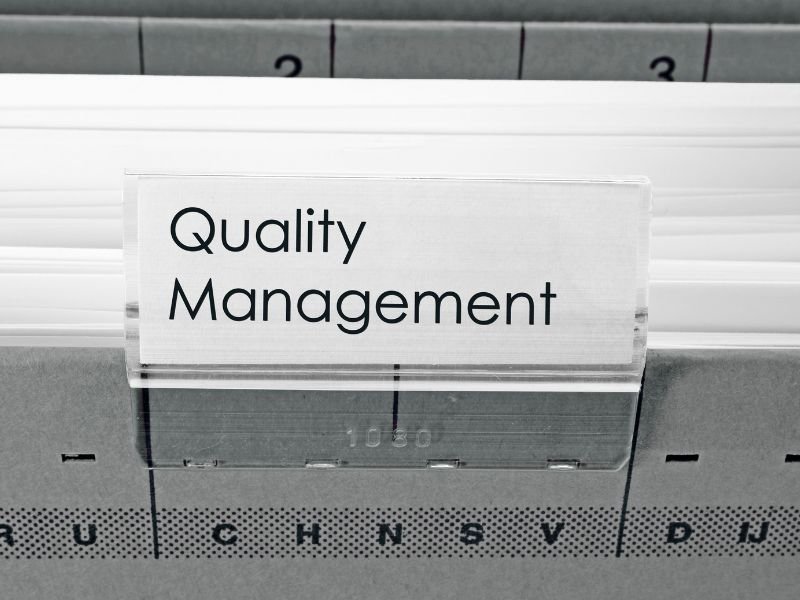Authors : Karl Attard
What is Facilities Management?
Over the last centuries, humans have always thrived to create safe and secure spaces for shelter and human convenience. With the development of technology, engineering, and the construction industry facilities management has become a process to align the organisation’s corporate strategy with their physical assets to ensure they are in synergy.
Facilities are no longer defined only as the physical structure of the building alone but also includes various factors that make every building or organisation unique by its own. There is no accurate definition to define facility but as a context, facility is a workplace – which can either be a place for work, interaction, play or learn. However, to understand the workplace you need to know the facility factors of such building that one need to maintain and operate. These factors’ can be categories into two parts, which are: – the soft services and the hard services. The soft services are those services which either be used to make the building more secure and pleasant working environment or efficient. Such services may include – landscaping, waste management, pest control, administration, health and safety and others. The hard services are those technical services that the building is making used to maintain and operate such services. These are plant services equipment, fire safety equipment, finishes, IT infrastructure, building management system, vertical transportation (lifts) and access control system.

In today’s real estate market space demands, landlords are facing different challenges to attract new tenants and keep their current occupants satisfied. Understanding tenants’ criteria to select their ideal office space helps landlords to focus on a specific market and allows competition with other commercial office buildings. However, it is not an easy task to ensure satisfaction since all tenants have different influential factors and perception. One needs to understand the importance to integrate the facilities management within the building operation structure to obtain and reach clients’ satisfaction

The service excellence performance identifies and differentiates one office building from another and hence identifying tenants’ satisfaction and loyalty becomes vital. The critical factors that may improve retention comes from the service performance and relationships that the landlord may offer. The greater the level of satisfaction the higher the probability that the tenants will stay.
Facilities management will remain a point of contact to share information and knowledge to the landlord or tenants to obtain ones’ needs. The importance of social connectivity will become a major factor to achieve better facilities management in the future. Facility will not be defined as a workplace anymore but a centre of experience where one can interact, share information, and create knowledge. Facilities will exist to obtain an optimum space to create an effective design for the necessary working environment. Every design must be reviewed from facilities management perspective to ensure that it is practical, operational, and sustainable design. This will help the organisation to be more organic and variant.
What is relevant today will be reset and reconfigured for tomorrow. That is why facilities management will not be engaged to manage the organisation but capable to use every facility to drive the organisation. Management’s role will be used to optimize the involvement structure to obtain the necessary and uniqueness service to the occupants or landlords.
Second Edition June/July
Management

Karl Attard

